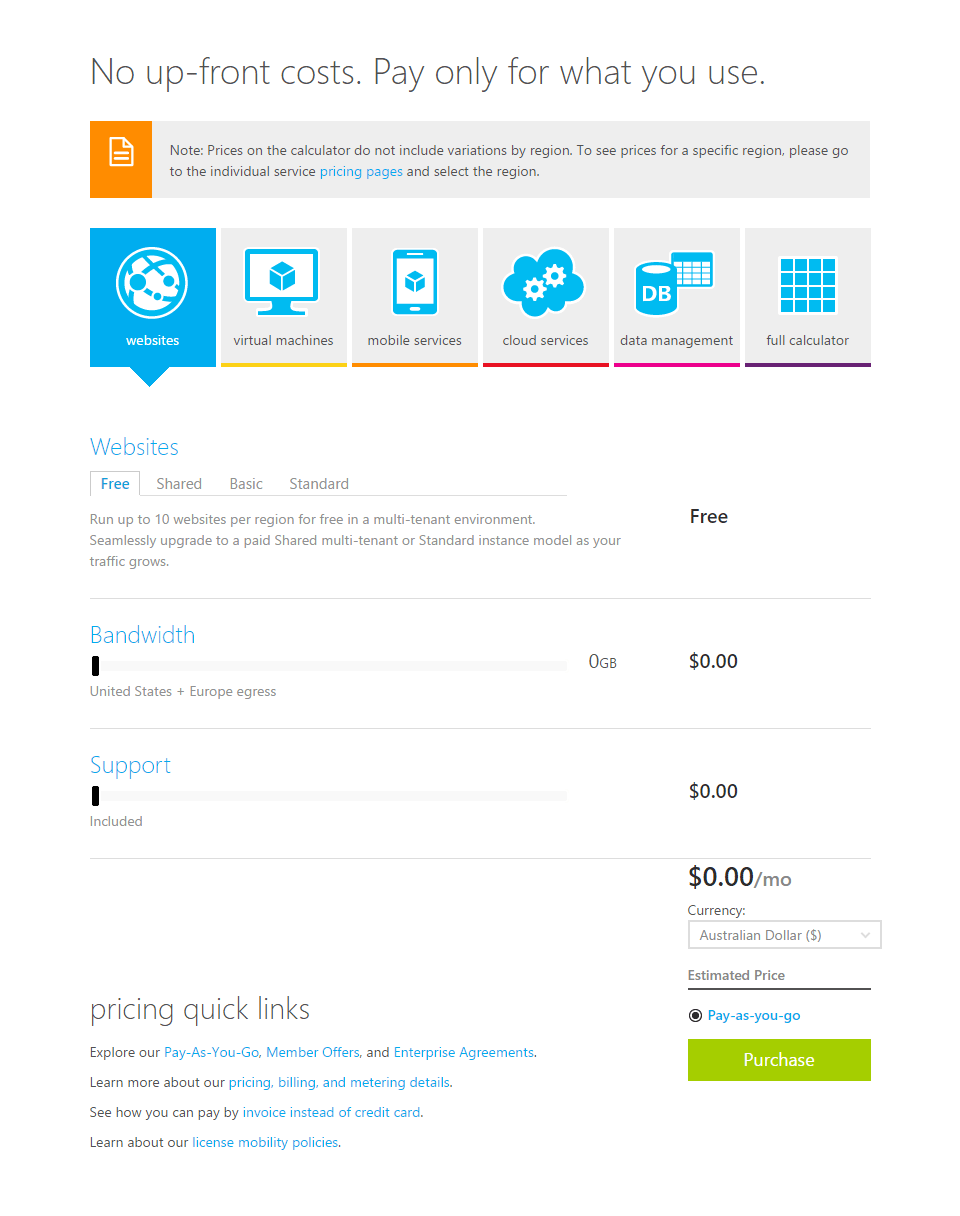Tips on moving your Visual Studio Online from Microsoft to Organisational Accounts
If like me you’ve been a keen user of Visual Studio Online since it first came into existence way back in 2012 you’ve probably gotten used to using it with Microsoft Accounts (you know, the ones everyone writes “formerly Live ID” after), and when, in 2014, Microsoft enabled the use of Work (or Organisational) Accounts you either thought “that’s nice” and immediately got back to writing code, or went ahead and migrated to Work Accounts.
If you are yet to cutover your Visual Studio Online (VSO) tenant to use Work Accounts, here are a few tips and gotchas to be aware of as part of your switch.… [Keep reading] “Tips on moving your Visual Studio Online from Microsoft to Organisational Accounts”

